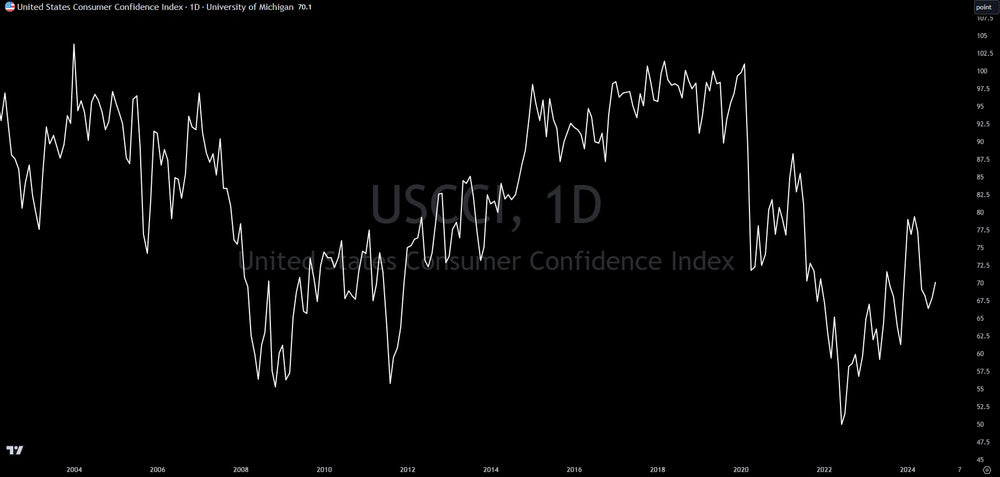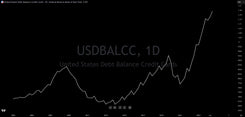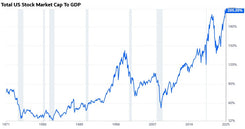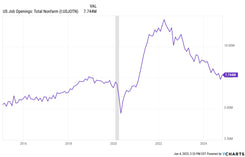Consumer Confidence: Where It Is And How It Is Calculated

Consumer confidence has been inching higher since the bear market lows of 2022. This also matches when expectations changed from Federal Reserve hiking rates to when investors began betting on a cut in rates. It also lines-up with the stock markets bottom and climb. In other words, as the stock market goes up, consumers feel better about their financial position and are more likely to spend. This means that if the stock market has any substantial dip, consumer confidence would likely dip as well.
U.S. consumer confidence is a measurement of how optimistic people feel about the overall economy and their personal financial situation. It's a key economic indicator because consumer spending makes up about 70% of the U.S. economy. When people are confident, they tend to spend more, which boosts economic growth. When they're not, they tend to save more, which can slow things down.
There are two main sources for U.S. consumer confidence data:
- The Conference Board Consumer Confidence Index®: This index is based on a survey of 5,000 households that asks about their current and future expectations regarding business conditions, employment, and income.
- The University of Michigan Consumer Sentiment Index: This index is based on a phone survey of around 500 households that asks about their attitudes toward the economy, personal finances, business conditions, and buying conditions.
How are these indices calculated?
While the exact methodologies are proprietary, here's a general overview of how these indices are calculated:
- Survey Responses: Households are asked a series of questions related to their economic outlook. The questions typically have multiple choice answers that are assigned numerical values.
- Index Calculation: The numerical values from the survey responses are aggregated and weighted according to a specific formula. This formula may vary depending on the organization calculating the index.
- Normalization: The calculated value is then indexed to a base year, typically 1985=100. This allows for easy comparison over time.
Why is consumer confidence important?
- Predicting Economic Trends: Changes in consumer confidence can signal shifts in economic activity. Declining confidence often precedes economic slowdowns, while rising confidence can suggest future growth.
- Business Decisions: Businesses use consumer confidence data to make decisions about production, inventory, and hiring.
- Policy Making: Policymakers also use consumer confidence to assess the effectiveness of economic policies and to guide future decisions.
Trading involves substantial risk. All content is for educational purposes only and should not be considered financial advice or recommendations to buy or sell any asset. Read full terms of service.




